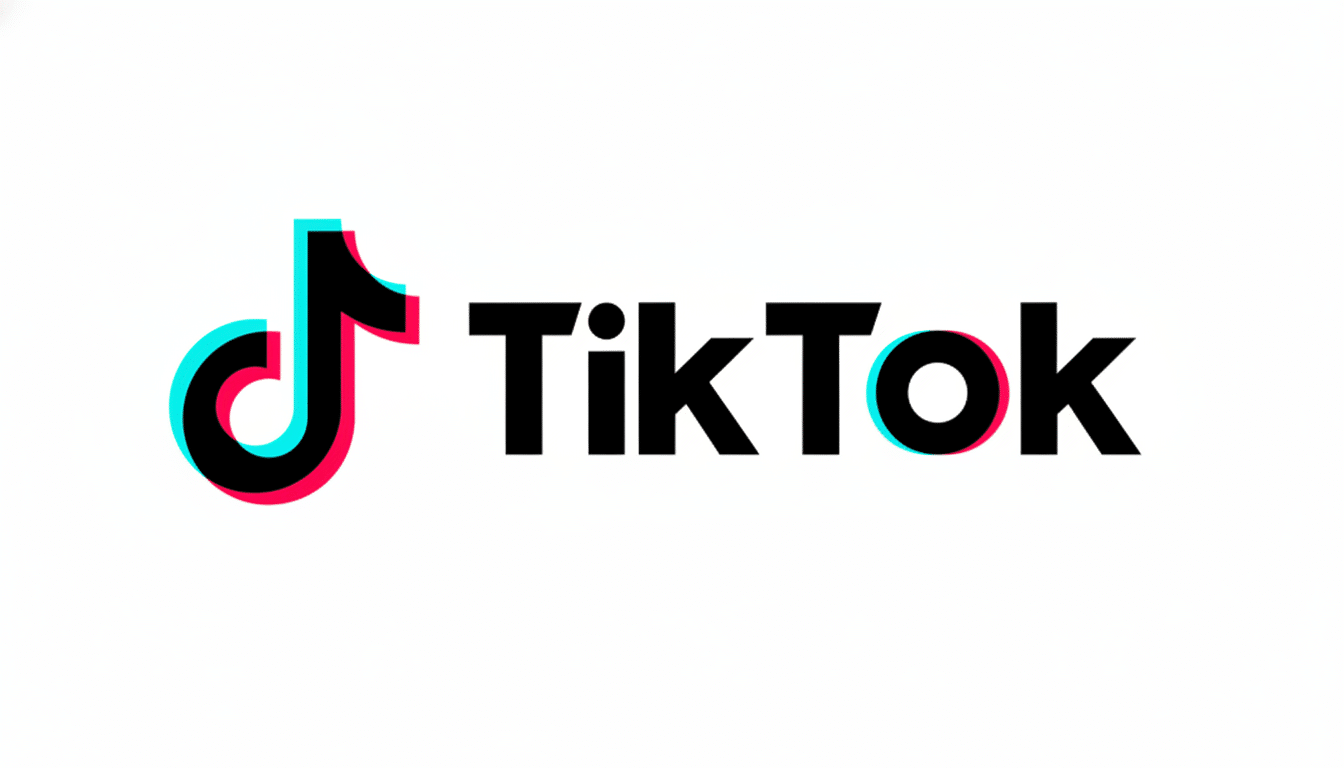As uncertainty over SNAP benefits sweeps through households, a type of safety net is developing almost in real time on TikTok: neighbor-led, pop-up food pantries arranged via video by creators and their many followers. The videos are simple — tables on lawns, bins on porches, boxes in church parking lots — but the response is anything but small.
What started as a few mutual-aid experiments has rapidly scaled up into a platform-driven network that helps families bridge gaps when benefits are delayed or reduced, stretched thinner by rising prices.

A Grassroots Response Goes Viral Across TikTok Communities
Among its most clear-cut examples is Pittsburgh creator AJ Owen’s documentation of a pantry run from his front yard, which he runs with his children. “Last night we had an envelope dropped on our porch that was full of cash, but the best part is it was anonymous,” Owen wrote in an emotional post detailing the gift left on his front steps and neighbors’ support.
The video was viewed millions of times and tens of thousands of people commented on it, some vowing to start or restock their own pop-up shelves. And variations on design spread via hashtags, including #MutualAid and #CommunityPantry, with short how-to clips that showed everything from sourcing staple foods to mock up QR codes for donation lists.
The micro-pantry models are able to move faster than their predecessors that rely on traditional organizations thanks to TikTok’s discovery engine and creator communities. The format is also conducive to transparent accountability: Daily restock clips, receipts and pantry tours help foster trust with viewers and elicit their frantic involvement.
Why Households Are On Edge as SNAP Benefits Shift and Shrink
SNAP is still the nation’s largest anti-hunger program, with about 40–42 million people participating in an average month, according to U.S. Department of Agriculture data.
But families have been caught in a policy roller coaster since the expiration of emergency allotments, with many facing noticeably lower monthly benefits even as grocery prices stay high.
The average household saw its benefits cut by about $95 a month after the emergency allotment ended, according to the Center on Budget and Policy Priorities. When the average benefit is still only about $6 — or $7, depending on household size and varying by state-level adjustments — per person per day (our best estimates of current values), it is difficult to sustain such a loss.
And administrative “churn” — missed paperwork, recertification obstacles or late payments from one source of aid before another kicks in — leaves gaps that hit the tightest household budgets hardest. These interruptions, Urban Institute researchers have said, are linked to added hardship even among eligible households.
The larger picture has also grown darker. 13.5 percent of U.S. households were food insecure, per USDA’s Economic Research Service in the most current annual data available — or some 17 million households. Food banks say the demand is evident: Feeding America reports that visits are up double digits and consistently above pre-pandemic norms at many of its member food banks.

How Pop-Up Pantries Function and Serve Neighbors in Need
The style of most pop-ups is by design bare-bones. Organizers place bins or tables of high-demand staples like rice, beans and pasta — shelf-stable milk, canned proteins and baby formula — along with favorite hygiene items and tell anyone to take what they need, no questions asked. Donations are driven by crowdsourcing through TikTok, local groups and community chat threads.
Creators frequently share Amazon lists, e-receipts and brief inventory clips to demonstrate where donations are being spent. Many take best-practice tips from the Little Free Pantry and community fridge movements: no expired food, favor sealed goods, add fresh produce only when there’s reliable same-day pickup or refrigeration.
The speed is the point. When a family’s benefits don’t go through or a bill wipes out the grocery budget, it may be only hours before a porch pantry keeps dinner on the table. The mutual-aid groups also coordinate with brick-and-mortar food banks for bulk donations and with grocery stores to collect surplus food.
Scale Versus Sustainability for TikTok-Fueled Pantry Efforts
While creators exult in viral generosity, most say pop-ups are a bridge, not a substitute for public support. For every meal provided by the charitable sector, SNAP provides about nine — an imbalance that underscores how challenging it is for donations alone to bridge systemic gaps.
But the model has real advantages: Help that’s targeted and stigma free; overhead that’s kept to a minimum; and a tight feedback loop. Organizers can pivot to baby supplies one week and culturally specific pantry staples the next, depending on what neighbors are actually asking for.
The challenge is durability. Viral interest wanes, costs mount and volunteers get burned out. Veteran organizers suggest diversifying support — matching TikTok donors with local faith groups, schools and neighborhood associations — and establishing regular restock schedules so families know when to swing by.
What to Watch Next as Policy Shifts and Playbooks Evolve
Policy experts are keeping an eye on federal funding talks, the annual cost-of-living adjustments to SNAP and administrative changes in the states that can make churn better or worse. Households follow a different calendar: the date benefits arrive, what this week’s prices are like and whether the pantry down the block has been restocked.
On TikTok, creators are transforming playbooks into templates — such as editable signs, shopping lists divided by budget tier, and transparent accounting — to help others spin up pantries in hours instead of weeks. The throughline is simple enough, it turns out: neighbors who cannot be bothered to wait for uncertainty to resolve before making sure somebody else eats tonight.
In a year of brittle gains and seemingly immovable prices, these pop-ups offer something needful — immediacy, dignity, and the reminder that communities can act faster than crises.

